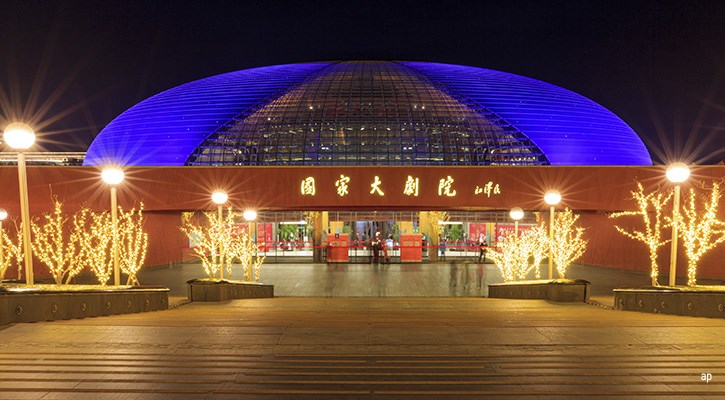
Latin America is often overlooked by emerging markets investors, with growth-oriented Asia taking much of the spotlight. Latin American countries have had their share of challenges over recent years, with economic and political turmoil, currency crises, and growth often tightly linked to commodity exports. But with demand for commodities on the increase, and increasingly wealthy populations in the region, is now Latam’s time to shine?
Pablo Riveroll, manager of the Silver-rated Schroder ISF Latin America fund, says: “Simply put, Latam is value and Asia is growth. But one of the less understood things about Latin America is that the new economy is booming and lots of extremely attractive and fast-growing companies are being created. There is more to Latam than commodities.”
Indeed, Eduardo Figueiredo, manager of the Bronze-rated ASI Latin American Equity fund, agrees there are plenty of under-the-radar opportunities for investors in the region. “There are challenges such as a gap in infrastructure, the slow adoption of tech, and the under-penetration of services across a number of industries. Those characteristics are often highlighted as the negatives of the region, but when you join that need with supply, it’s an interesting combination,” he explains.
With that in mind, we asked fund managers where the best opportunities for this region are to be had:
E-Commerce
It’s easy to assume that Amazon rules the entire world when it comes to e-commerce, but there are a number of countries where the online shopping giant has little presence. In areas such as Latin America, local players still dominate the market, says Riveroll. “It’s not a winner-takes-all-market like you see in other regions, and e-commerce is still fairly fragmented, with two or three leaders,” he adds.
He invests in MercadoLibre (MELI), a pan-Latin America e-commerce and payments company which Morningstar analysts rate as a three-star stock and assign a Wide Economic Moat to. Another favourite is Brazil-focused Magazine Luiza (MGLU3), a leading online retailer of home appliances, electricals and furniture.
ASI's Figueiredo likes online homewares retailer Mobly (MBLY3), which floated on the Brazilian stock market in February 2021. “The Covid-19 pandemic really highlighted the companies that were slower to adapt and those that were leading changes in their industry, and we have been increasing our exposure to those latter tech-enabled type of businesses,” he says.
Financials
One trend that many areas have seen as a result of the Covid-19 pandemic is an increased interest in investing. Millions of people stuck at home for months on end have found themselves able to save more money than ever before, as well as having more time on their hands to follow the stock market. It’s a powerful combination that has seen the advent of so-called Meme Stocks, which seem to double overnight.
Latin America has not been immune to the trend and the financial sector looks appealing, says Figueiredo. He points to B3 (B3SA3) as one beneficiary: “With interest rates low, the number of individual investing in the stock market has jumped massively. B3 has almost 3.5 million registered investors in Brazil – that has more than doubled in just a few years.”
The stock is a top holding in the Schroder fund too, and Riveroll agrees that the financials sector is one being disrupted by new and tech-savvy businesses. He says: “In many sectors, we are seeing new entrants breaking through, bringing down barrier to entry through technology or more creative business models, bringing prices down and making services more accessible to people. Companies like that are able to grow regardless of economic growth.”
Commodities
Latin America has long been associated with commodities – indeed, the region’s reliance on the cyclical industries is what has led to fall in and out of investor favour over the years. But, if you believe that commodity prices are due a bounceback, then the region cannot be ignored. Riveroll says: “Latin America is one of the lowest cost producers of a long list of commodities including copper, iron ore, coffee and sugar. Right now, it is benefitting from very strong demand and some restrictions on demand, so we expect to see prices stay high for some time.”
Almost 22% of the Schroder fund is invested in the basic materials sector, and mining giant Vale (VALE) is the largest holding, accounting for 7.8% of the portfolio. The metals mining company was engulfed in controversy two years ago when one its dams collapsed, killing more than 270 workers. But Figueiredo, who also holds the stock, says: “The company has emerged very strong after an internal restructuring, strengthening its balance sheet and repairing its ESG credentials and we think that will lead to a re-rating of the stock.”
At the start of the year, Figueiredo also added copper mining group Grupo Mexico (4GE) to the portfolio, which is well-placed to benefit from an increased demand for the metal driven by the world’s transition to electrification and growth in electric vehicles.




























